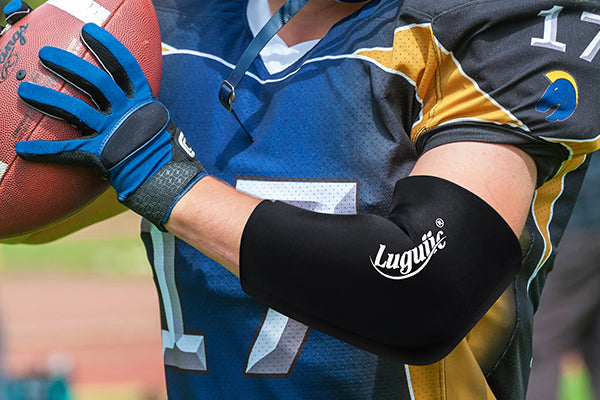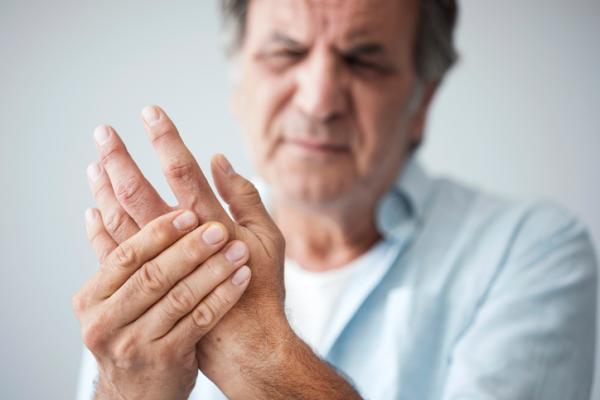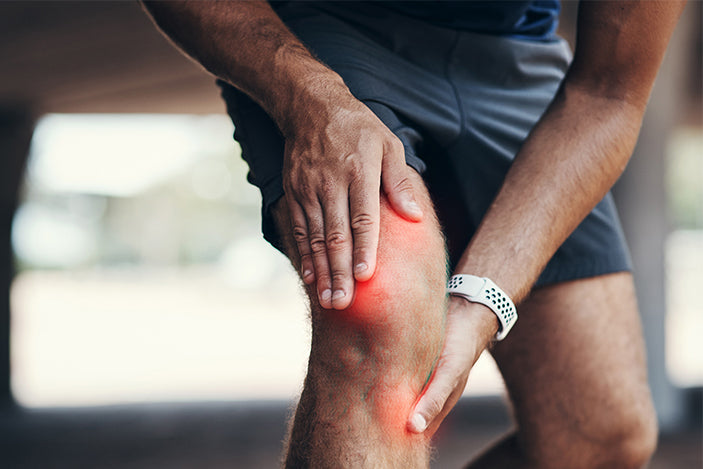Everything we do is fueled by our drive to enable better lives through easy yet effective recovery!
Joints are present at every point in the body where two bones come together, and are instrumental in providing flexibility and producing movement in the body. In addition to flexibility, joints are responsible for creating stability and maintaining an appropriate range of motion during certain activities. Because they are the focus of all musculoskeletal movements, joints are prone to pain and stiffness as occurs in arthritis.
Different types of joints are involved in various movements, and thus are more or less likely to develop joint pain from arthritis. For instance:
- The bones of the skull come together at fixed joints that are incapable of producing movement. So while they are technically joints, these articulations do not develop joint pain related to movement.
- The bones of the upper back (thoracic spine), where the ribs are attached to the thoracic vertebrae, provide strength to the skeleton and are less important in movement. Thus, these joints are less often the source of pain.
The bones of the shoulders, hips, knees, and smaller joints in the neck and lower back (cervical and lumbar spine, respectively) are all comprised of highly flexible joints that are responsible for regular movements such as walking, running, standing, sitting, and moving the arms. These are the joints that are most likely to generate pain.
Joints that bear more body weight are more likely to develop osteoarthritis. Due to their location, the hips and knees are responsible for bearing much of the body’s weight, in addition to their high degree of flexibility. In general, joints that are flexible and weight bearing are the most likely to develop joint pain due to osteoarthritis.
How Arthritis Causes Joint Pain
Joint Pain from Lack of Synovial Fluid - Rheumatoid Arthritis
The inside of the capsule is covered with a sheet of synovium, a membrane whose cells are responsible for secreting synovial fluid. Synovial fluid, along with water, acts as a lubricant that helps smooth the sliding motion between the bones.
Rheumatoid arthritis is a chronic inflammatory disease that affects the synovial lining, and leads to severe joint pain and loss of function. Rheumatoid arthritis is an autoimmune disorder characterized by errant messages that tell the immune cells to destroy the body’s own tissues. Mostly found in the hands and feet, symptoms of rheumatoid arthritis include:
- Inflammation and swelling of the synovial tissue
- Pain, stiffness, and swelling of the joint
Progression of the disease eventually results in enzymes destroying bone and cartilage, altering the alignment of the joints and leading to further pain and immobility. Systemic symptoms such as fatigue and muscle aches are also common.
Joint Pain Caused By Worn Down Cartilage - Osteoarthritis
Another large component of the joint is cartilage. Cartilage is a type of connective tissue that is structured like a sponge and has the ability to soak up and squeeze out water. The slippery tissue provides another lubricating surface while the porous, water-filled structure serves as a large shock absorber during weight bearing activities.
Degeneration of this cartilage is the cause of osteoarthritis. As the cartilage breaks down, the joints are less cushioned and the uneven surfaces slide over each other, producing painful friction. Additionally, as the cartilage is less able to take on the stress of movement, surrounding structures such as the bones, joint capsule, ligaments, and tendons become increasingly strained.












